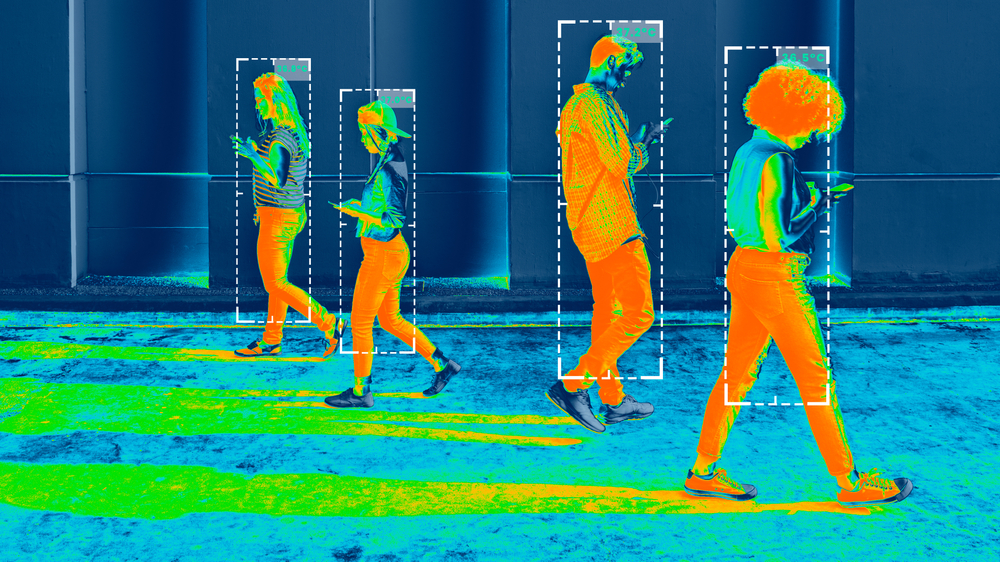Acoustic phase analysis to localize subsurface flow anomalies
Acoustic phase analysis combines sound-based measurements and signal timing to locate anomalous flow beneath the surface. This approach helps detect leaks and rogue flows in buried pipelines and water networks by comparing phase differences across sensor arrays and correlating signals with physical models of subsurface propagation.

How do subsurface acoustics detect anomalies?
Acoustic methods rely on the fact that leaks and abnormal flows generate broadband sounds and pressure fluctuations that travel through soil and pipe materials. By deploying arrays of geophones or hydrophones along a route, technicians record acoustic waveforms and analyze phase differences between channels. Differences in arrival times and phase shifts indicate a source location when processed with triangulation or cross-correlation algorithms. Subsurface acoustics are sensitive to soil type, pipe material, and coupling quality, so data processing often includes filtering and model-based corrections to separate leak signals from background noise and transient events.
What role do sensors and telemetry play?
Sensors are the front line for leak localization: geophones, accelerometers, acoustic couplers, and inline pressure sensors capture mechanical and acoustic signatures. Telemetry links remote sensors to centralized processing, enabling near-real-time analysis and remote calibration. Modern systems pair low-noise sensors with edge computing to pre-process signals and transmit summaries over cellular or satellite telemetry, reducing bandwidth needs. A robust sensor network with synchronized timing (often GPS-referenced) ensures the phase information remains coherent across nodes, which is essential for accurate localization and forensic reconstruction of events on long pipeline sections.
How does thermal mapping complement acoustics?
Thermal imaging and distributed temperature sensing (DTS) offer complementary data by revealing temperature anomalies caused by escaping fluid or groundwater movement. When a leak discharges fluid with a different temperature than surrounding soil, thermal sensors and fiber-optic DTS detect subtle gradients along the pipeline corridor. Combining thermal mapping with acoustic phase analysis improves confidence: thermal traces help validate acoustic source locations and can indicate fluid type or flow rate trends. Integrating both modalities into mapping workflows yields richer context for decision-making about excavation, repair, and long-term integrity monitoring.
How are calibration and tracing implemented?
Calibration ensures that sensor timings, coupling characteristics, and signal amplitudes are consistent across the monitoring array. Field calibration typically uses controlled test leaks or known signal sources to measure propagation speeds and system latency. Tracing techniques — introducing benign acoustic or chemical tracers — help confirm flow paths in complex subsurface environments. Acoustic tracers involve generating known-frequency signals at a point and verifying detection downstream, while tracer fluids or dyes can corroborate the presence and direction of flow in mapping studies. Regular calibration cycles minimize systematic error in phase-based localization.
How does acoustic forensics support pipeline integrity?
Acoustic forensics refers to post-event analysis that reconstructs leak or failure scenarios from recorded signals. Detailed phase and spectral analysis can distinguish between slow seepage, intermittent bursts, or catastrophic ruptures. Forensics combines waveform interpretation with pressure telemetry, historical maintenance records, and spatial mapping to assess root causes. This multidisciplinary approach supports integrity management by identifying vulnerable segments, informing targeted inspections, and improving predictive models. Forensic outputs feed into risk-based maintenance planning and help prioritize interventions to preserve infrastructure performance.
How is ongoing monitoring of water infrastructure performed?
Long-term monitoring uses distributed sensor networks with scheduled or event-driven recording to detect evolving anomalies. Systems integrate acoustic listening, pressure telemetry, and periodic thermal surveys to create layered situational awareness for water and utility managers. Automated algorithms flag unusual phase patterns or correlations that exceed baseline variability, prompting investigative workflows. Data mapping tools visualize anomaly clusters along the pipeline footprint and support trend analysis. Effective monitoring programs also incorporate maintenance of sensor calibration, secure telemetry links, and regular data validation to ensure reliable detection and minimize false positives.
Conclusion
Acoustic phase analysis is a practical component of a modern toolkit for locating subsurface flow anomalies. When combined with well-calibrated sensors, telemetry, thermal tracing, and forensic analysis, phase-based techniques improve localization accuracy and support infrastructure integrity programs. Integrating multiple data streams and maintaining rigorous calibration practices are key to turning acoustic observations into actionable insights for pipeline and water network management.





